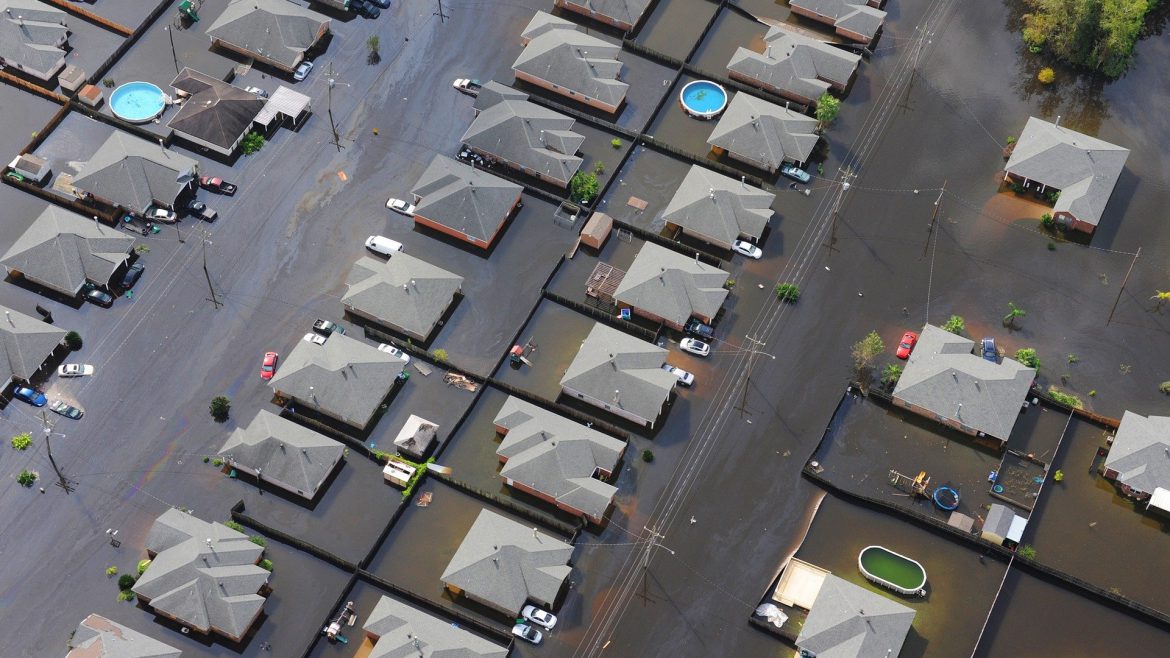Grease and Tree Sap Removal
https://imaginahome.com/wp-content/uploads/2019/05/images.jpg 300 168 Nisha Muire Nisha Muire https://secure.gravatar.com/avatar/09971b406125a2f92a37bf65b08fd3c3?s=96&d=mm&r=gOil Stains
If you need to remove oil stains from your driveway, the first thing to do is use a paper towel to absorb as much of the grease as possible. You can also use kitty litter to absorb the stain. Once that is done, spray the stain with either WD40 or a brake cleaner and let it sit for a few minutes. Use a rag to them wipe it up. Using WD40 or brake cleaner won’t damage your concrete or asphalt. Next use a little bit of dish soap on the stain and rinse with boiling hot water. Repeat these steps as needed until the stain is gone. No, it won’t go right away, but little-by-little you will be able to get rid of it and, best of all, your concrete won’t get damaged!
Tree Sap
Another big problem for homeowners is tree sap. If you find yourself faced with tree sap on your driveway or patio, get yourself a good petroleum-based hand cleanser and attack the sap with a clean cloth or scrub brush. Be patient and reapply the cleanser and keep scrubbing. The sap will come off. After that, you just need to rinse the area down with warm water.
Once you have removed the initial stains from your driveway or patio, then you can use hot, soapy water to give the structure a good scrub down. Rise it off with regular hose water and voila – you’re done!






